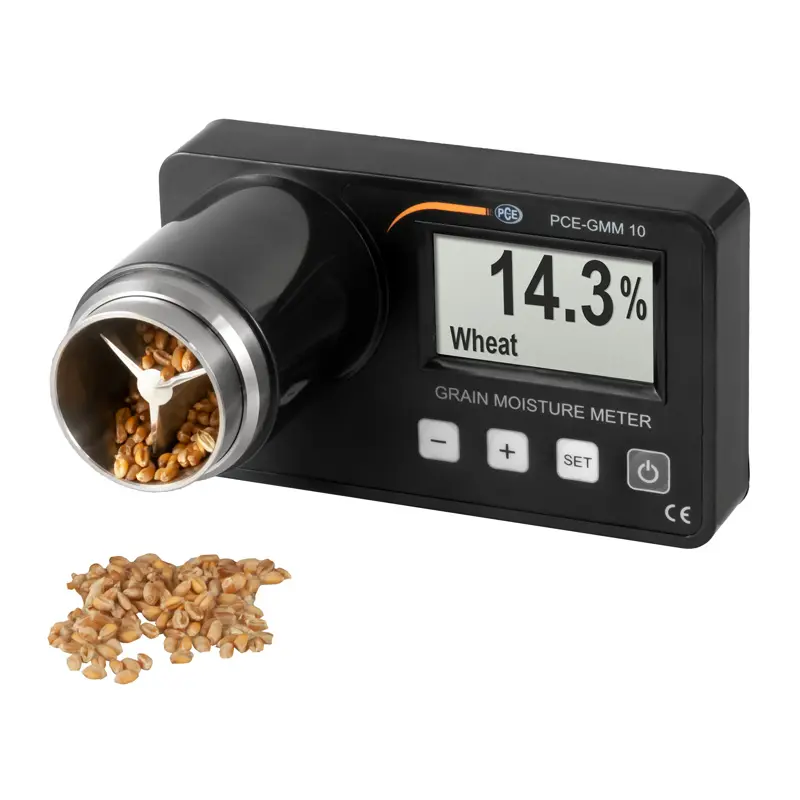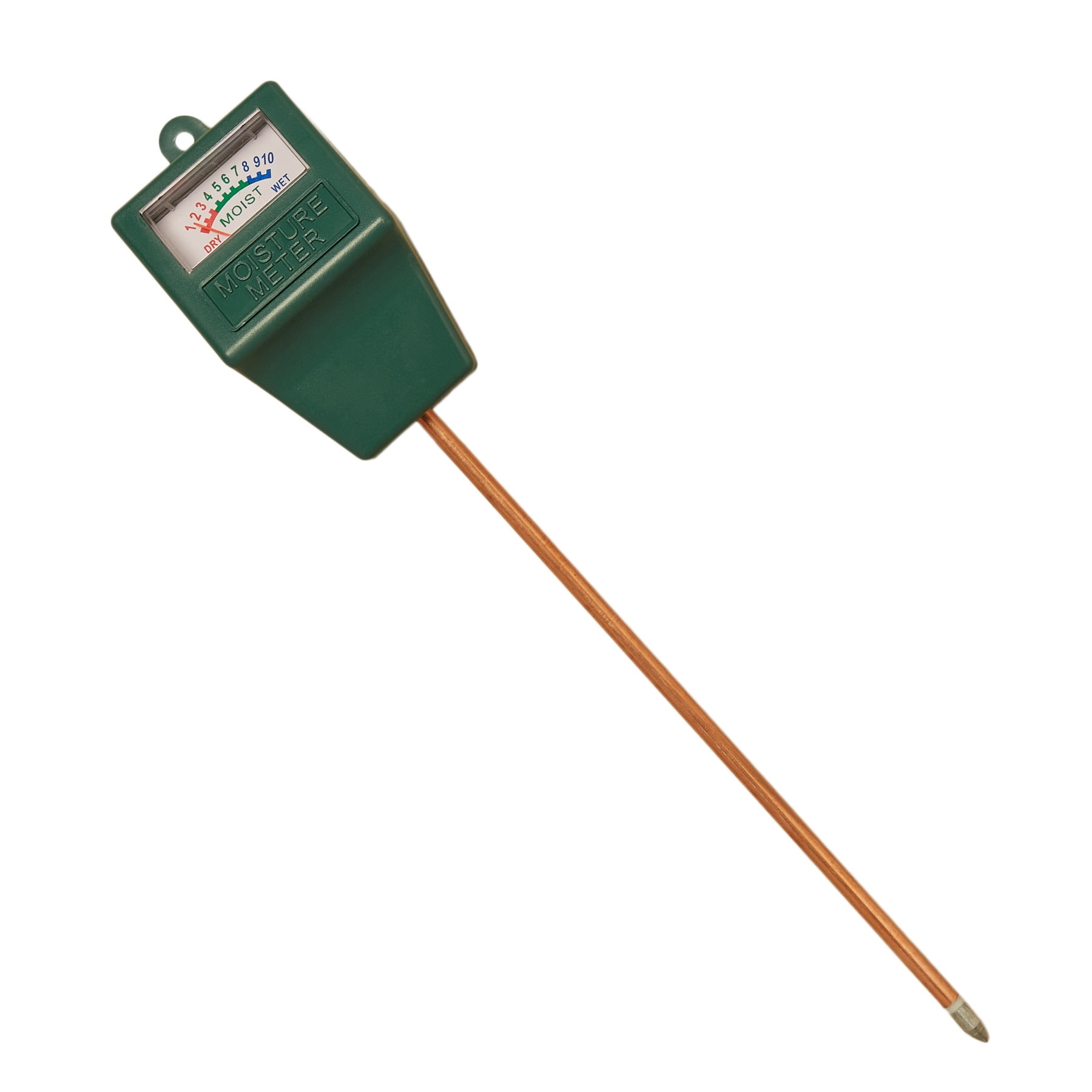Moisture Meter Purchasing Guide: What to Search for in High-Quality Instruments
Moisture Meter Purchasing Guide: What to Search for in High-Quality Instruments
Blog Article
Recognizing the Importance of a Moisture Meter in Preventing Mold and Water Damage in Your Home
In the world of home maintenance, the presence of dampness can usually be a quiet yet formidable opponent, qualified of causing prevalent mold development and perilous water damage if left untreated. Amidst the relaxing atmosphere of a house, hidden dampness problems can make below the surface area, positioning a hazard to both home and health. Nonetheless, geared up with the right devices and understanding, house owners can proactively deal with these potential dangers. Understanding the importance of a moisture meter in this fight is not simply an option but a critical requirement.
Significance of Moisture Discovery
Reliable dampness discovery techniques are crucial for protecting buildings and preventing prospective mold growth and water damages. Wetness can leak into different structure products, bring about architectural issues and wellness risks. By using a dampness meter, residential property owners can proactively determine areas prone to excess wetness, permitting for timely intervention and reduction techniques.
Moisture meters give exact analyses of dampness degrees in different materials such as drywall, timber, and concrete. This information assists in identifying areas of concern, also in concealed or hard-to-reach locations. Early detection of dampness accumulation allows prompt repairs or changes to stop further damage.

How Moisture Meters Job
Wetness meters play an essential role in the aggressive identification of excess moisture, assisting in the avoidance of prospective mold and mildew growth and water damages by supplying accurate analyses of dampness levels in various structure materials. These tools work based upon various concepts, depending upon their kind. Moisture Meter. Pin-type moisture meters, for circumstances, have 2 pins that penetrate the material to gauge the electrical resistance in between them. When wetness exists, it improves the product's conductivity, resulting in a lower resistance reading. Pinless dampness meters, on the other hand, use electro-magnetic sensing units to check the material without triggering damages. These sensors produce electro-magnetic signals that pass through the material and determine the dielectric residential properties, indicating wetness web content. Some progressed wetness meters pin both combine and pinless technologies for extensive dampness detection. Comprehending how moisture meters function is necessary for accurate and timely moisture level evaluations, making it possible for efficient safety nets against mold and water damage.
Finding Early Indication
Upon initial assessment of a property, acknowledging refined signs of excess dampness becomes important in the very early discovery of prospective mold and mildew growth and water damage. Water spots can signify leaks or seepage, while peeling off paint or wallpaper might be an outcome of moisture jeopardizing the attachment of these products to the surface area. In addition, a boost in allergic reaction signs and symptoms or respiratory issues among passengers might recommend the presence of mold due to excess moisture.
Protecting Against Mold And Mildew Growth
Acknowledging very early caution indications of excess dampness within a home not just makes it possible for punctual detection of potential mold development and water damages but additionally offers as a proactive step in stopping the proliferation of mold and mildew. To properly prevent mold growth, it is crucial to deal with any type of resources of dampness without delay.
Keeping track of wetness levels in locations vulnerable to moisture, such as basements and crawl spaces, making use of a dampness meter can likewise help in early detection of raised moisture degrees and possible mold and mildew growth - Moisture Meter. By taking proactive actions to stop excess wetness and mold development, house owners can protect their property and interior air high quality.
Advantages of Normal Tracking
Routine tracking of moisture degrees in a building can play a vital duty in keeping a healthy indoor environment and protecting against possible mold and mildew and water damages. By routinely inspecting moisture levels, property owners can detect any problems immediately and take essential actions to prevent mold development and water damages. Among the crucial benefits of normal monitoring is early detection. By recognizing and dealing with high dampness degrees early on, property owners can interfere prior to mold has the possibility to establish and spread. This proactive method can save both time and money over time by protecting against extensive mold remediation and fixing costs.
In addition, normal tracking enables house owners to track patterns and fads in dampness degrees in time. By establishing a baseline and tracking modifications, individuals can identify any kind of locations of problem or possible susceptabilities in the building's framework. This published here data-driven method allows targeted interventions and maintenance initiatives to attend to underlying issues before they escalate right into more significant issues. Eventually, the consistent surveillance of wetness levels empowers property owners to shield their property, secure their health and wellness, and preserve the integrity of their interior environment.

Verdict

By using a wetness meter, building proprietors can proactively recognize areas susceptible to excess wetness, enabling for prompt intervention and reduction strategies.

Keeping track of moisture levels in locations prone to dampness, such as basements and creep rooms, utilizing a wetness meter can likewise aid in very early detection of elevated wetness levels and possible additional info mold and mildew development. (Moisture Meter)
Report this page